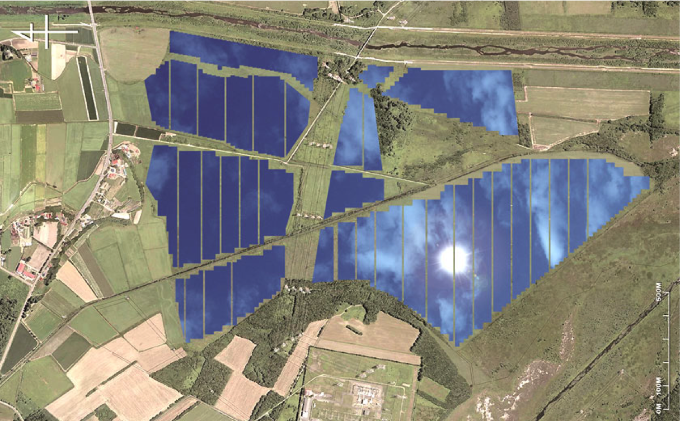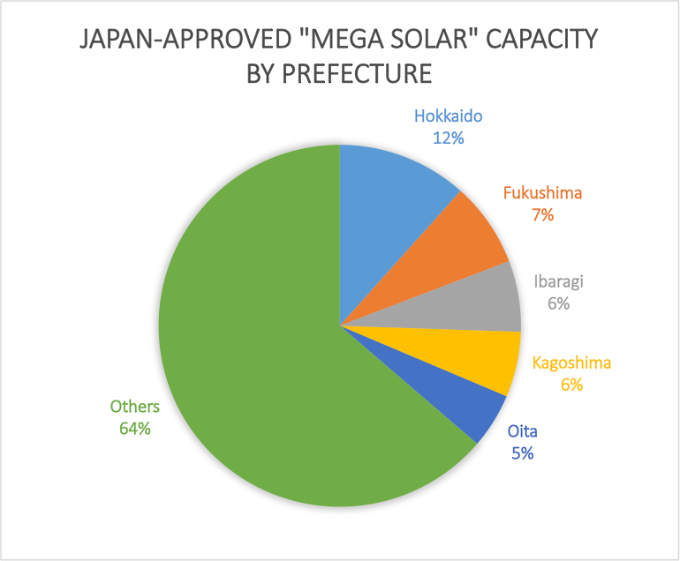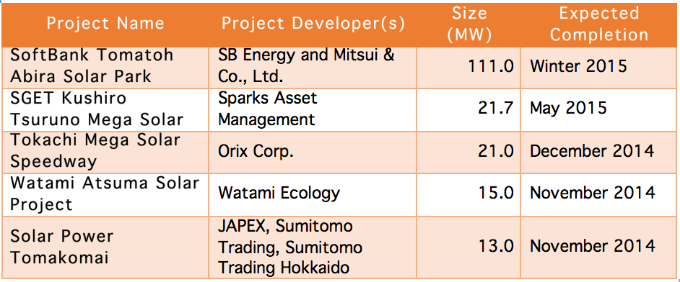San Diego, Calif. â While not the warmest or sunniest part of Japan, Hokkaido will become the largest âmega-solarâ market in Japan according to the latest data published by the nation's Ministry of Energy, Trade and Industry (METI).

111-MW SoftBank Tomatoh Abira Solar Park
The METI has approved over 31 GW worth of PV systems under the feed-in tariff (FIT) program between July 2012 and January 2014. PV systems sized over 1 MW, known as mega-solar, represent over 51 percent of the approved systems or 16 GW, out of which Hokkaido accounts for 12 percent of all approved mega-solar projects.
In fact, Hokkaido currently has over 140 MW of mega-solar capacity installed. This past February, Eurus Energy commenced operation of a 32.52-MW âShiranuka Solar Power Plantâ in Shiranuka. In April, Mitsui Fudosan Co Ltd completed a 23-MW solar power plant in the city of Tomakomai.

Abira, a town adjacent to the city of Tomakomai, will soon be the home of one of the largest solar projects in Japan. SB Energy and Mitsui & Co., Ltd. are jointly developing a 111-MW solar power plant in Abira. The project is expected to be operational by winter 2015. The table below describes other notable, large-scale PV projects in Hokkaido.
Table: Approved Large âMega Solarâ Projects in Hokkaido

All electricity produced from these projects will be sold to the Hokkaido Electric Power Company (HEPCO), the regional investor-owned utility, for 20 years under the FIT program. Last spring, however, Hokkaido experienced unexpected hiccups â the utility received more FIT applications than it could hold on its ultra-high-voltage transmission.
To prevent further solar development barriers, the METI quickly infused funds and launched a field test to deploy large-scale storage batteries. Sumitomo Electric Industries Ltd. was selected to install a 60 MWh redox-flow battery system on the grid run by HEPCO, which would test the system for a period of three years (from April 2015 through March 2018).
Although the pace of FIT applications submitted to the HEPCO region slowed down due to the unavailability of the grid capacity and HEPCOâs request to scale down the system size, the number of applications started picking up again. According to the Hokkaido Bureau of Economy, Trade and Industry, the number of applications received for non-residential PV systems hit the highest since the inception of the program.
If Hokkaido manages to install all approved PV systems, solar will end up accounting for at least 40 percent of HEPCOâs peak demand.


